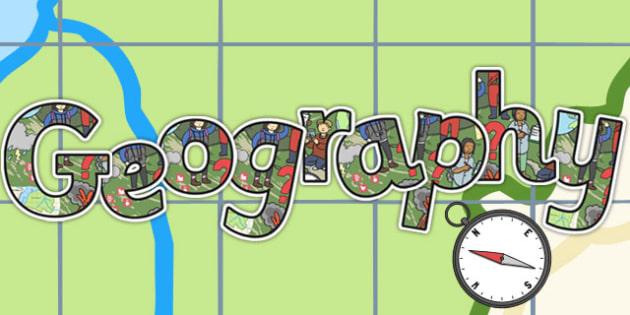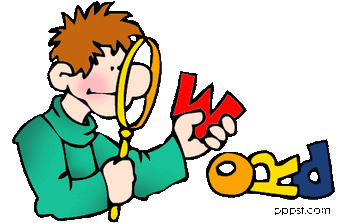Geography
Curriculum Lead: Mrs S. Harvey

Geography Vision
At Brierley Hill Primary School, our Geography curriculum will enable children to be knowledgeable, curious and fascinated about the world around them. Our children will learn about the diverse places, people, resources and environments whilst also deepening an understanding of the Earth’s key physical and human processes. At Brierley Hill Primary, we value learning about the local geography and how it compares to other places in the UK, Europe and beyond.

Detailed below is an overview of what your child will learn in Geography through each of the key stages:
EYFS
In the Early Years Foundation Stage, children will know about the similarities and differences in relation to places, objects, materials and living things. Children will talk about about the features of their own immediate environment and how environments might vary from one another.
Key Stage 1
In Key Stage 1 children will develop their knowledge about the United Kingdom and their own locality. They’ll learn how to use maps, atlases and globes as well as learn simple compass directions. The children will also study seasonal and daily weather patterns in the United Kingdom and look at the hot and cold areas of the world in relation to the equator and the North and South Poles.




Key Stage 2
In Key Stage 2 the children will look to extend their knowledge to beyond their local area and will study Europe as well as North and South America. They will begin to look at similarities and differences of human geography such as types of settlement and land use. They will also study physical geography elements such as climate zones, rivers, mountains, volcanoes and earthquakes. Children will continue to use maps, atlases and globes and will use the eight points of the compass in their work. They will start to consider the use of four and six figure grid references and Ordnance Survey maps.




Progression will be assessed through evaluation of your child’s written work, consideration of their responses and contributions to discussions, alongside an end of unit quiz.
Digimaps for schools
https://digimapforschools.edina.ac.uk/
Digimap for Schools is an award winning online mapping service for use by pupils. It supports childrens' understanding of geography, maths, history and literacy. It is designed to be used by children as young as 5, and up to 16 years. Children can create, annotate, measure and personalise their own maps with pictures, symbols and text.
Username: DY52TD
Password: magued4169
To access the home schooling resource, log on to Digimaps for schools and click the black title 'Digimaps For Schools'. On the next page, there are a number of links across the top. Click on 'home schooling'. Here you will see a list of bullet points on the left hand side of the screen which has all of the suggested activities.
The first one I would like you to have a go at is the scavenger hunt! Watch the video, which gives you instructions on how to create your map, and add photos to the route of your daily walk. This may take you a while because it's particularly fiddly and you will need an adult to upload your images to a computer but it will be well worth it when you have a very professional map at the end!
Where in the World Wednesday!
Every fortnight (on a Wednesday) children take part in 'Where in the World Wednesday'. On this day, KS1 children have to locate and label the seven continents, five oceans and four countries of the UK. In KS2, children have to locate and label the countries of the world on a map. The children use their class globes and atlases to quickly find and label these accurately.
It gets very competitive as there are badges to be won...

If children label 50 countries, they get a BRONZE badge.
If children label 100 countries, they get a SILVER badge.
If children label 150 countries, they get a GOLD badge.
So far, the highest number of countries to be labelled is an incredible 88!
Here are the children in action...


Geography Trips
As part of year 2's 'On the Farm' unit, they visited Hatton Farm. The trip was linked to their human geography work, which looked at the differences in land use between a town and a farm. Take a look at their pictures below:




Year 4 put their map skills to the test when they went to the E-Zone at Roberts Primary School. They loved orienteering and using a compass to locate the next hidden number. Mrs Harvey's team were the winners; they managed to find 15 different locations!


